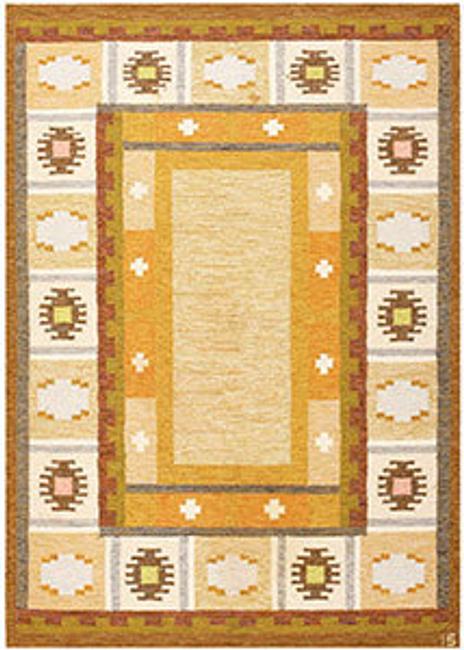Bauhaus and its Influence on Mid 20th Century Scandinavian Design
- June 03, 2015 12:53

Bauhaus and its Influence on Scandinavian Design -- What comes to your mind when you think ofScandinavian design? If you know anything about it, you would immediately think of furniture, carpets, appliances and home accessories with pure forms and simple, clean lines. Scandinavian design is known for its elegance, minimalism, respect for natural materials, and superb craftsmanship. The key to its global popularity is the fine combination of aesthetics and utility.
Modern Scandinavian design has its roots in traditional crafts, but it owes much to the functionalism of the first half of the 20th century. One particular movement, or rather school, that has had the biggest impact on it is Bauhaus. Bauhaus was an art school in Germany that combined fine arts with craft and was famous for its revolutionary approach to design. The school was founded by Walter Gropius, an architect by profession, in 1919 and closed in 1933 after the rise of the Nazis.
The school was located in Weimar from 1919 to 1925, in Dessau from 1925 to 1932 and in Berlin from 1932 to 1933. It flourished under the able leadership of three architect-directors: Walter Gropius (1919 - 1928), Hannes Meyer (1928 - 1930) and Ludwig Miles van der Rohe (1930 - 1933). These three men and their students took their knowledge to Scandinavia and other countries after they were forced to flee Nazi Germany. Over the years, they created a body of work that continues to influence today's design.
Bauhaus became the cornerstone of the modern Scandinavian design movement that emerged in Denmark, Norway and Sweden in the 1950s. Scandinavian countries, along with Finland and Iceland, were quick to embrace the design philosophy of Bauhaus and make it their own because the love for local materials and functional forms was already embedded in their culture.

Unlike people in other European countries who longed for a luxurious lifestyle, all that the Scandinavians longed for was a comfortable and cozy home to thwart the harsh weather and long, cold and dark winter.
This imbued them with a sense of practicality that matched perfectly with the teaching of Bauhaus. This is evident in the beautiful yet practical design of modern furniture, carpets and other products made in the Scandinavian countries....



















